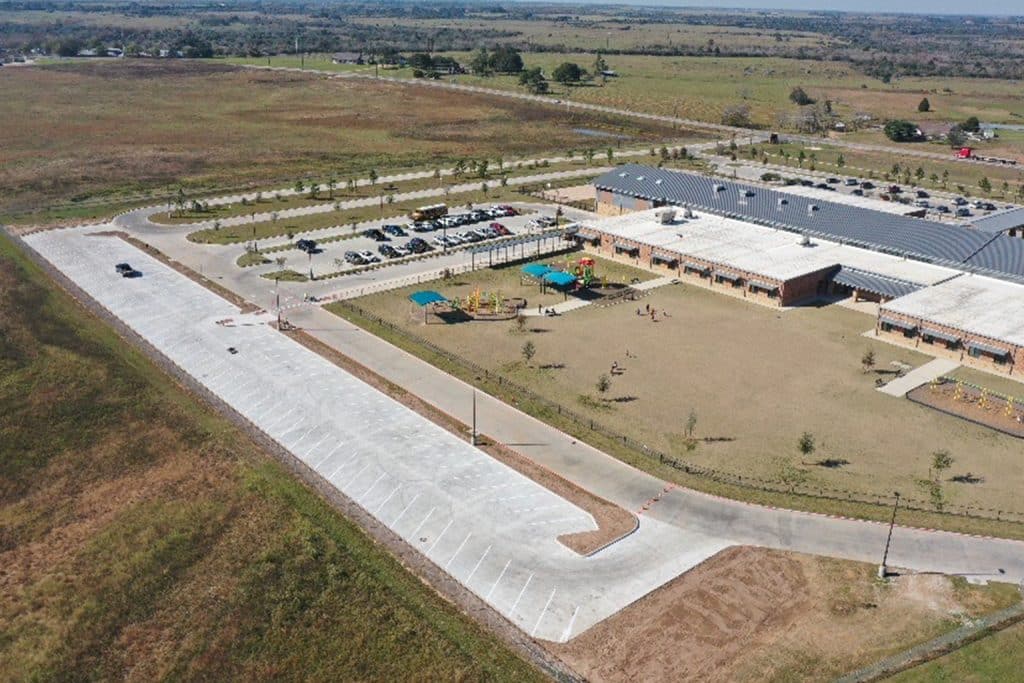The Importance of Interior Construction in Creating Functional Spaces
When it comes to designing a functional space, interior construction plays a vital role. It involves the planning, designing, and execution of the interior elements of a building, such as walls, ceilings, floors, doors, and windows. The goal of interior construction is to create a space that not only looks visually appealing but also serves its intended purpose efficiently.
Creating a Well-Planned Layout
One of the key aspects of internal construction is creating a well-planned layout. This involves determining the placement of walls, doors, and windows to optimize the flow and functionality of the space. A well-planned layout ensures that there is enough space for movement and that each area serves its purpose effectively.

Optimizing Space Utilization
Interior construction also focuses on optimizing space utilization. This is particularly important in smaller spaces where every square foot matters. By strategically planning the placement of furniture, fixtures, and storage solutions, interior construction can maximize the functionality of a space.
Enhancing Safety and Accessibility
Safety and accessibility are crucial considerations in interior construction. Proper installation of electrical systems, HVAC systems, and plumbing ensures the safety of occupants. Additionally, the placement of handrails, ramps, and elevators enhances accessibility for people with disabilities or limited mobility.
Creating a Pleasant and Functional Aesthetic
Interior construction plays a significant role in creating a pleasant and functional aesthetic. The choice of materials, colors, and finishes can impact the overall ambiance of a space. By selecting appropriate materials and finishes, interior construction can create an environment that is visually appealing and conducive to its intended use.
Improving Energy Efficiency
Interior construction also plays a role in improving energy efficiency. Proper insulation, the use of energy-efficient windows, and the installation of efficient lighting systems can reduce energy consumption and lower utility costs.
Conclusion
Interior construction plays a crucial role in creating functional spaces that meet the needs of occupants. By considering aspects such as layout, space utilization, safety, aesthetics, and energy efficiency, interior construction ensures that a space is not only visually appealing but also efficient and practical. Whether it is a residential, commercial, or institutional setting, the importance of interior construction in creating functional spaces cannot be overstated.
